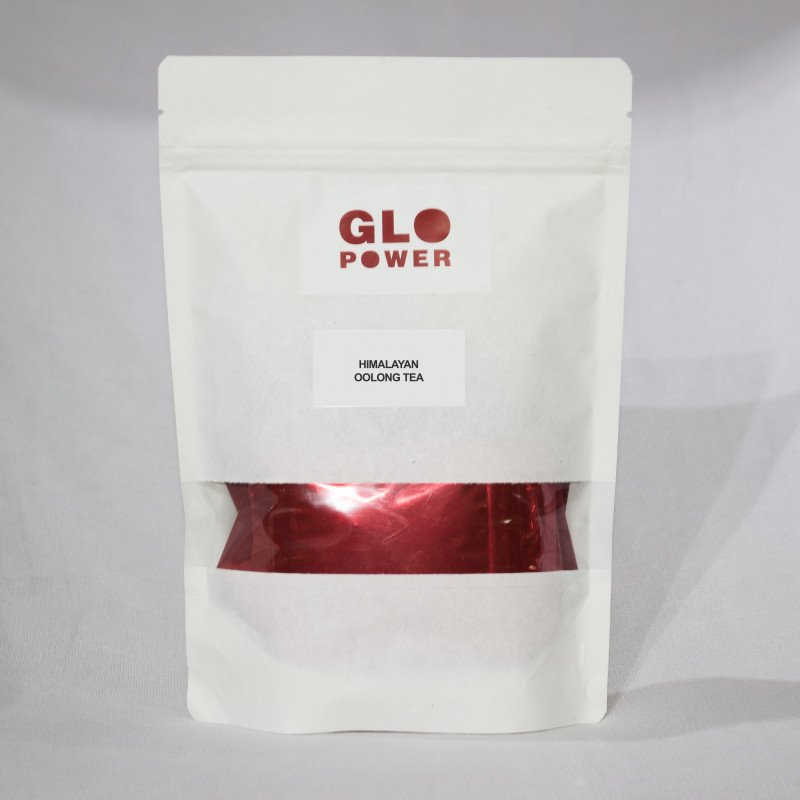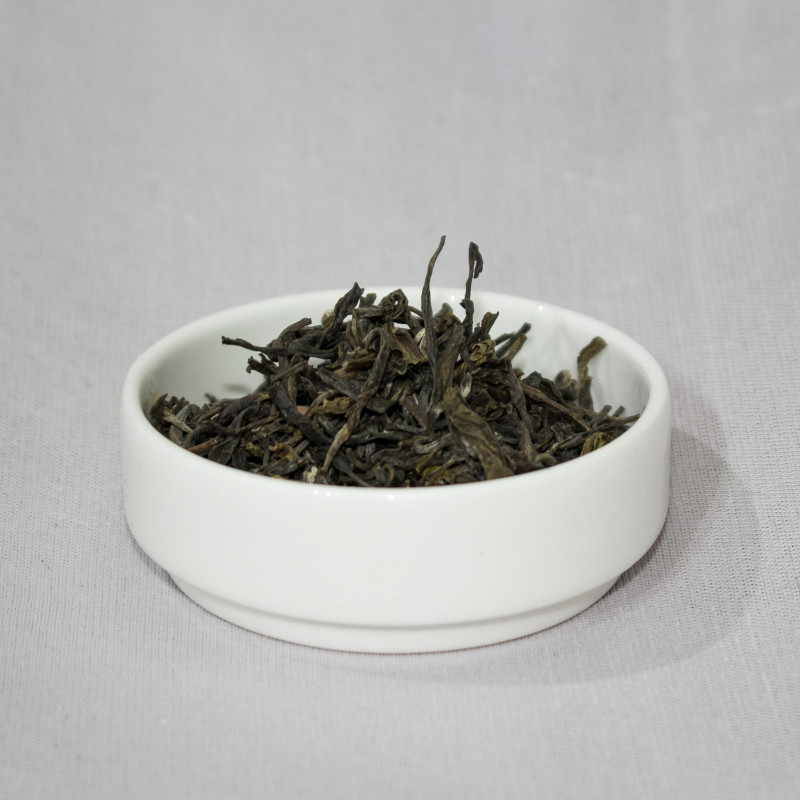Himalayan Oolong Tea

 Net Weight: 100g
Net Weight: 100g
The oolong tea originated from China, but like many other teas, India did not lag in the goodness of tea. Himalayan Oolong tea and many oolong teas in India are quite different from each other. In fact, the same pluck of oolong rolled, curled, and twisted can taste completely different from each other.
Oolong tea has a variety of flavors frequently compared to that of the different flavors of wines. Many wine tasters have gone on to taste the variations in oolong flavors and declared the taste notes to be like the different taste notes of the same wine. Oolong teas are a class by themselves and fall into the category of Speciality teas.
A wulong plucking is not possible until a new sprig has ended its new growth. The Chinese refer to this point as the ya zhu; Indian tea makers call this the bhanji stage of growth. In the case of Wulong tea, the plucking standard can include up to four or five leaves. ( See Blog post on Ayurveda Speciality Teas).
Just like wine competitions in France, New Zealand & Australia, there are oolong competitions across Asia to honor the artisanship of oolong tea producers. The contestants compete with each other to uphold the importance, history, and culture of oolong tea and its craftsmanship more than for the cash rewards.
- Brain health and Alertness - people consume oolong tea to sharpen their thinking ability and increase brain alertness. Just like coffee and other teas with high caffeine, oolong tea can make you more mentally alert because of the presence of caffeine. Caffeine boosts alertness, and if sugar is added it gives you more energy.
- Weight loss -Some people also take in oolong tea by mouth to reduce weight. There is no scientific evidence of this so far.
- Reduces Blood Sugar - oolong tea may help to lower blood sugar levels in Type 2 Diabetics. Research has indicated that drinking three or more cups of tea per day can reduce the risk of diabetes. Research studies specifically looking into the effect of oolong tea in diabetes have reached different outcomes. There are researchers who found that drinking oolong tea has little to no impact on blood sugar or insulin levels.
- Reduces Risk of Cardiac disease – on the correlation between oolong tea heart disease and scientific research has proved and concluded that people who drank 10 ounces of oolong tea per week had a lower amount of total high cholesterol compared to people who did not drink any oolong tea throughout the week. The results were also similar to people who consumed green and black teas. Hence it has been established, that tea can lower your blood cholesterol levels, and ultimately reduce the risk of cardiac disease.
- Oral Health - Tea leaves naturally contain fluoride, so drinking tea without sugar can prove to be beneficial for your teeth. The same reasoning is used for bones as well, and some people munch on oolong tea raw because it helps improve bone health.
- Stress Relief- Many people claim that oolong teas have a naturally calming effect and thus help reduce stress levels. While there is no scientific proof backing this claim, it is tempting to have an oolong tea shot.
Ingredients: Himalayan Oolong tea
Method /Process of making Himalayan Oolong tea
The preparation of oolong tea depends on the type of tea you are buying. Different types of teas require different brewing temperatures and steeping time.
You will need
- Fresh hot spring water at 85 degrees
- 1 teaspoon of Himalayan oolong tea
- A clean cup or glass
- A spoon
- Honey is optional and better than sugar due to its anti-bacterial properties
Method/ Process
The steeping temperature can vary. Generally, a time range for 4-5 minutes (or 3-4 minutes if you prefer lighter) at a temperature of 85 degrees is ideal.
1. Use a teaspoon of loose leaf for 150ml water, adjust the ratio according to the amount of tea you’re making
2. Figure out the best steeping time, by tasting at different steep timings. If you prefer you may taste your Himalayan oolong tea in between to figure out the flavor and taste notes that work best for you.
3. You can steep Himalayan oolong tea 2-3 times or more provided you don’t over-steep your tea.
How to store Himalayan Oolong tea
The more oxidized the tea is, the longer its shelf time or storage time. Himalayan oolong tea can be stored up to 24 months
Store your oolong tea in a cold and dark place away from items like spices and coffee that could leach their flavors in the tea. It is also a good idea to store your tea in an opaque and airtight jar.
A word of caution
Any tea taken in excess of that 3 cups is likely to be harmful to you. Drinking more than 4 cups of oolong tea per day can cause side effects due to the caffeine present and can range anywhere from headaches, vomiting, diarrhea to heartburn. Too much tea can also lead to high blood pressure due to caffeine.
Disclaimer ***As with all Ayurvedic products we recommend you consult your health care specialist and pregnant women should strictly avoid this product***